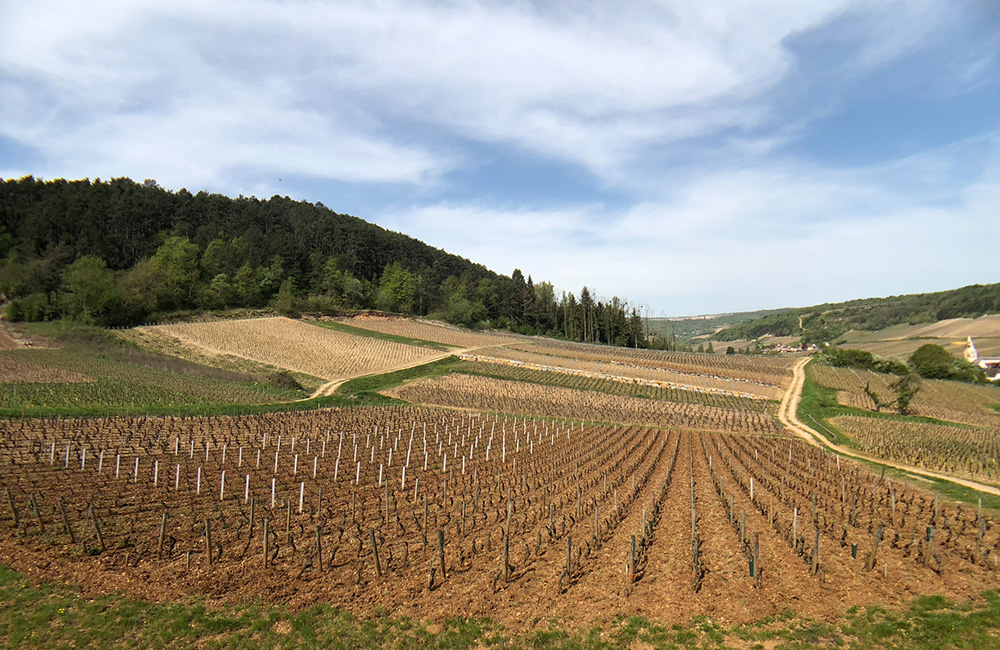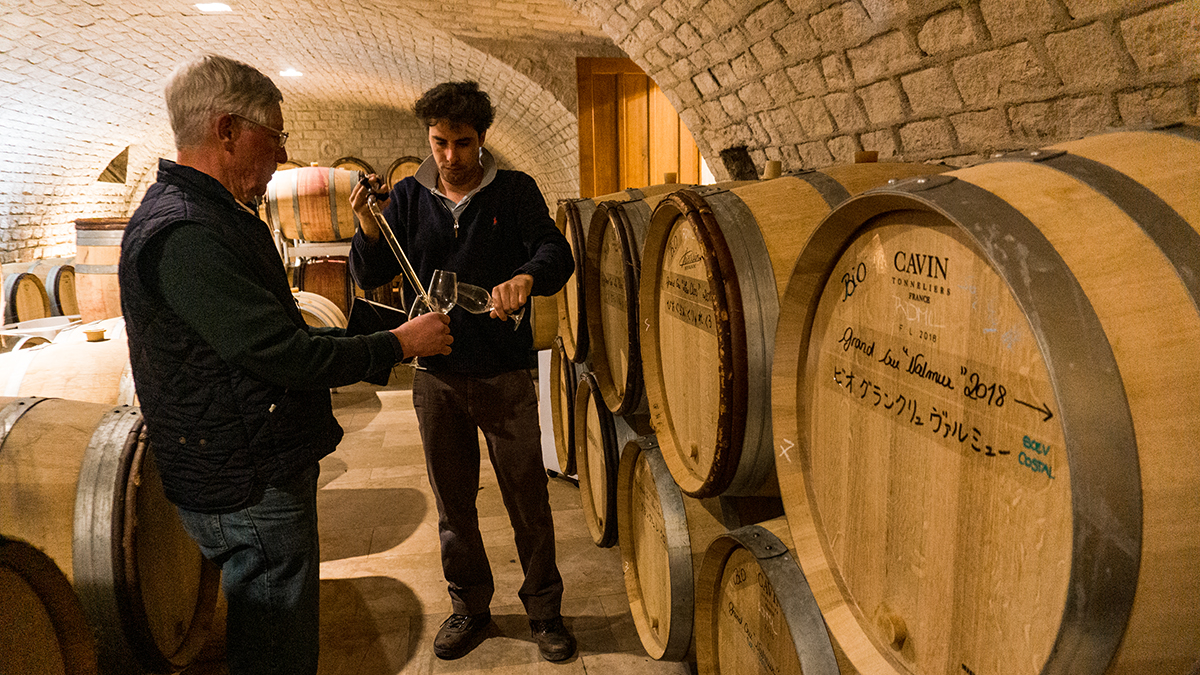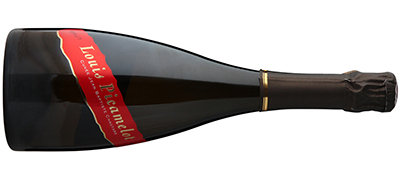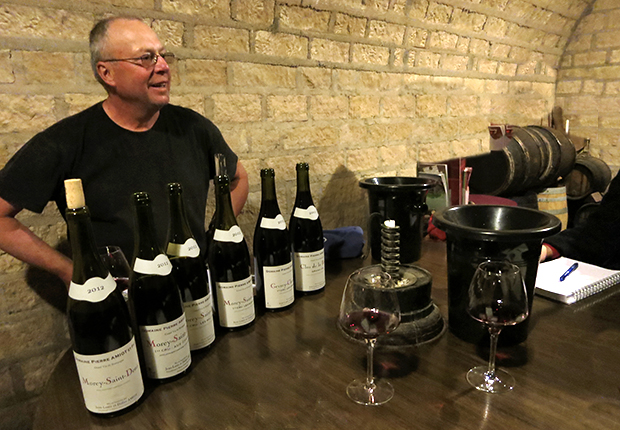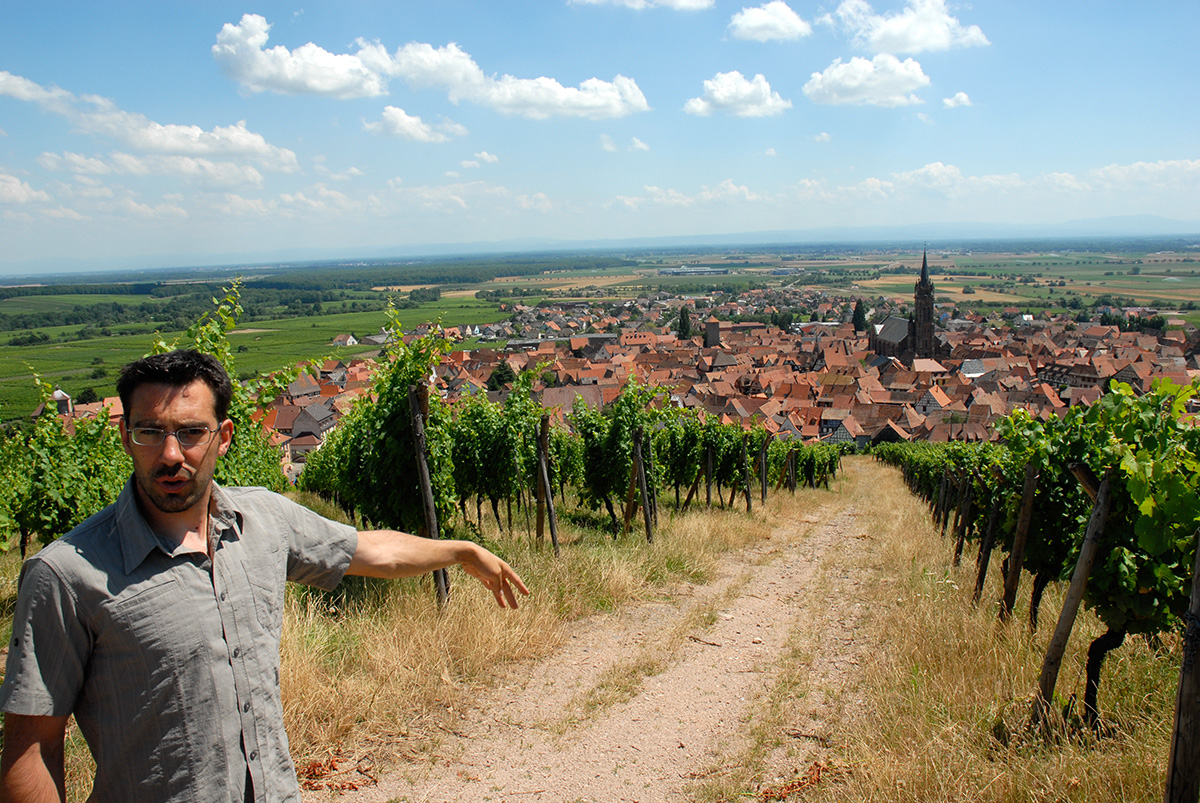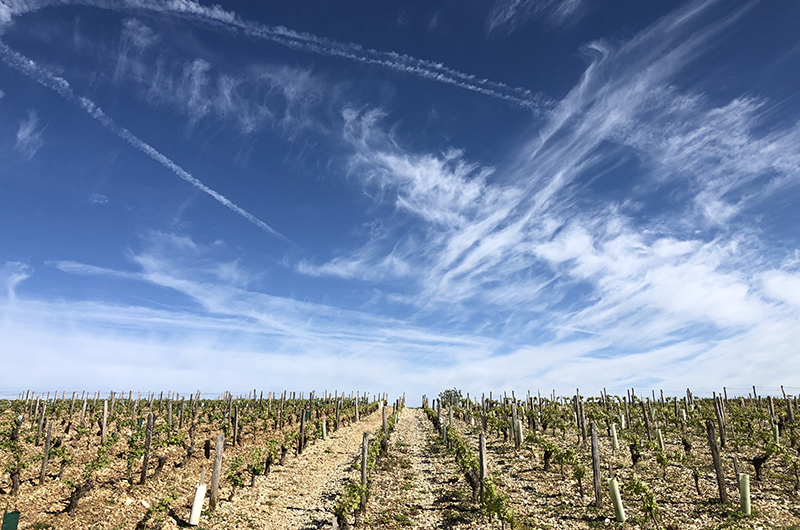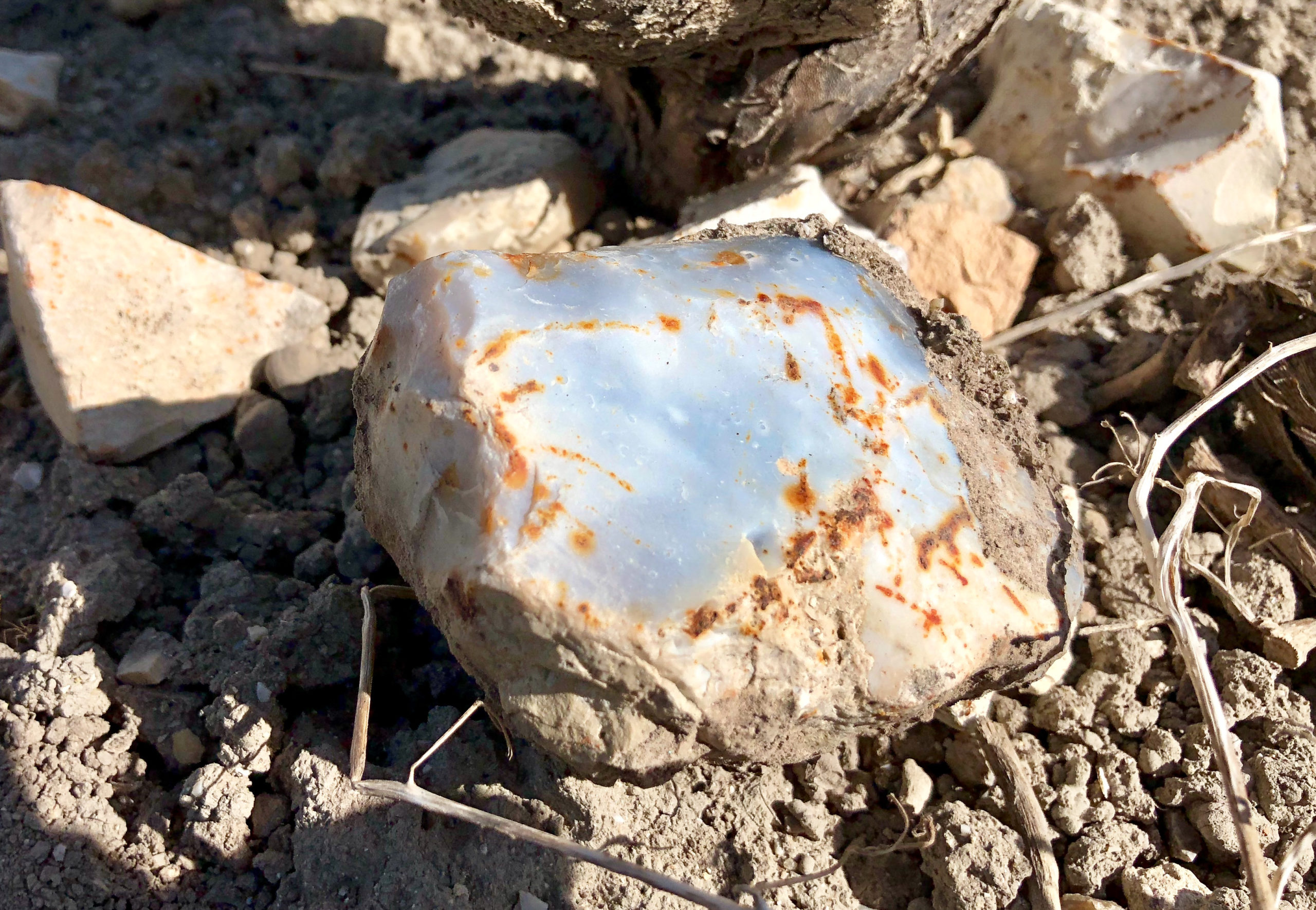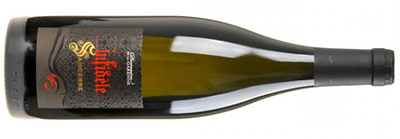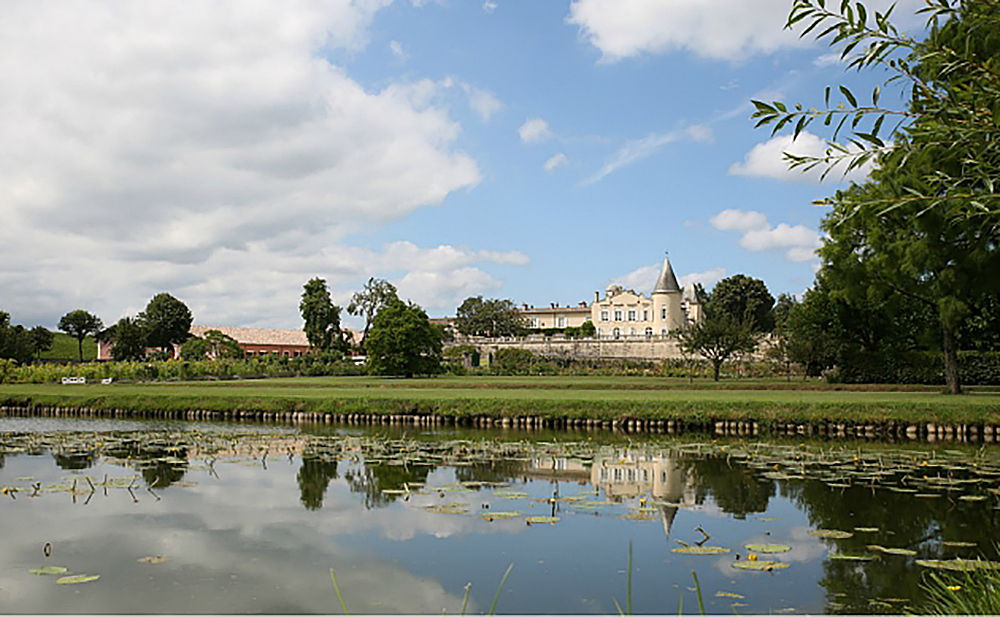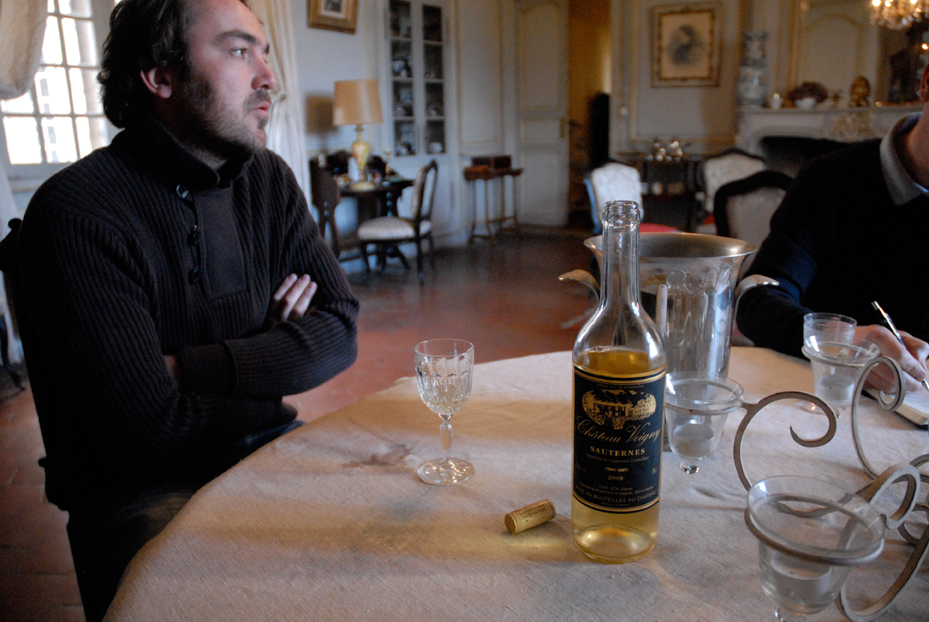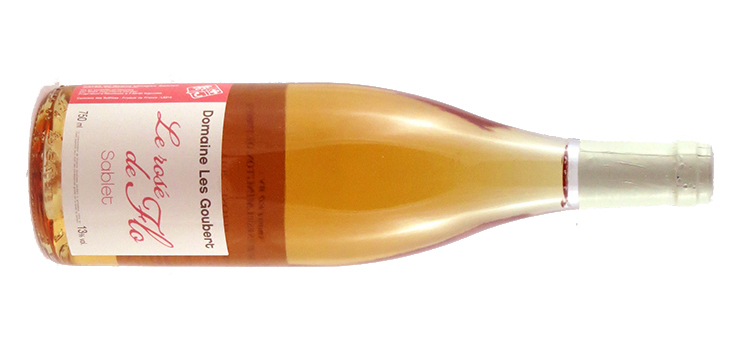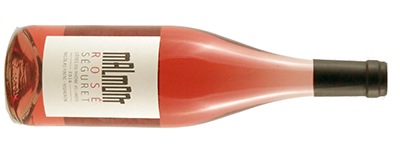Introduction
There’s always something. January Futures rolled out under the threat of 100% tariffs from our trade-warrior-in-chief, but about the time the wines were ready to sail he backed off the increase (at least for now). It looked to be clear sailing for March Futures, yet as we offer them our French friends’ world has been overturned by a virus. Vignerons are used to dealing with maladies of the vine, which can seem to appear out of nowhere throughout the growing season. But this year, before the buds are even swelling, wine expositions have been cancelled all across Europe, from Burgundy’s Grands Jours de Bourgogne to Germany’s Prowein to Italy’s Vinitaly; and we have had to put off our own Spring pilgrimage to the vines and cellars of our favorite producers. Of course in the context of a contagion, it is hard to complain about the cancellation of events that bring hundreds of people together from all over the world to gurgle and spit in the same rooms; and we’ll continue to find a way to taste the wines for you. Vignerons have been actively adjusting to our warming climate for many years now, and one way or another we can do the same with this disruption. Who was it who coined the ancient curse “May you live in interesting times”? Pandemics aside, there should be much of interest in March Futures — we expect them to proceed with the same excellent pricing and 8-10 week transit as usual. We continue to roll out the presentation of the eminently drinkable 2017 Burgundies, and to assure a sufficiency of red there is an Encores selection of wines with time in the bottle that are drinking particularly well right now. To help you prepare for warmer weather, we have suggestions from Alsace and Sancerre, as well as four sparkling wines from Burgundy. For those whose thoughts in the Spring turn to steaks on the grill, there’s a left-bank gem from Bordeaux. And now that dry rosé has become a staple of summer, we’re offering a trio, each with its own charms. Finally, we’ll help make sure you’re ready for the end of the meal at your upcoming dinner parties with Sauternes and a late harvest dessert wine from the Alsace. We earnestly hope you will find something to your taste in our list. If anything is of interest, don’t forget to place your orders in case or half-case lots by the Order Deadline of March 22, 2020. We’ll be moving expeditiously to stay ahead of the next disruption on the trade front. JUMP TO SECTION: Prunier (White/Red Burgundy)
Collet (Chablis)
Picamelot (Crémant)
Encores (Red Burgundy)
Mersiol (Alsace)
Garenne (Sancerre)
Ramafort (Bordeaux)
Voigny (Sauternes)
Rosés (Loire/Rhône)

